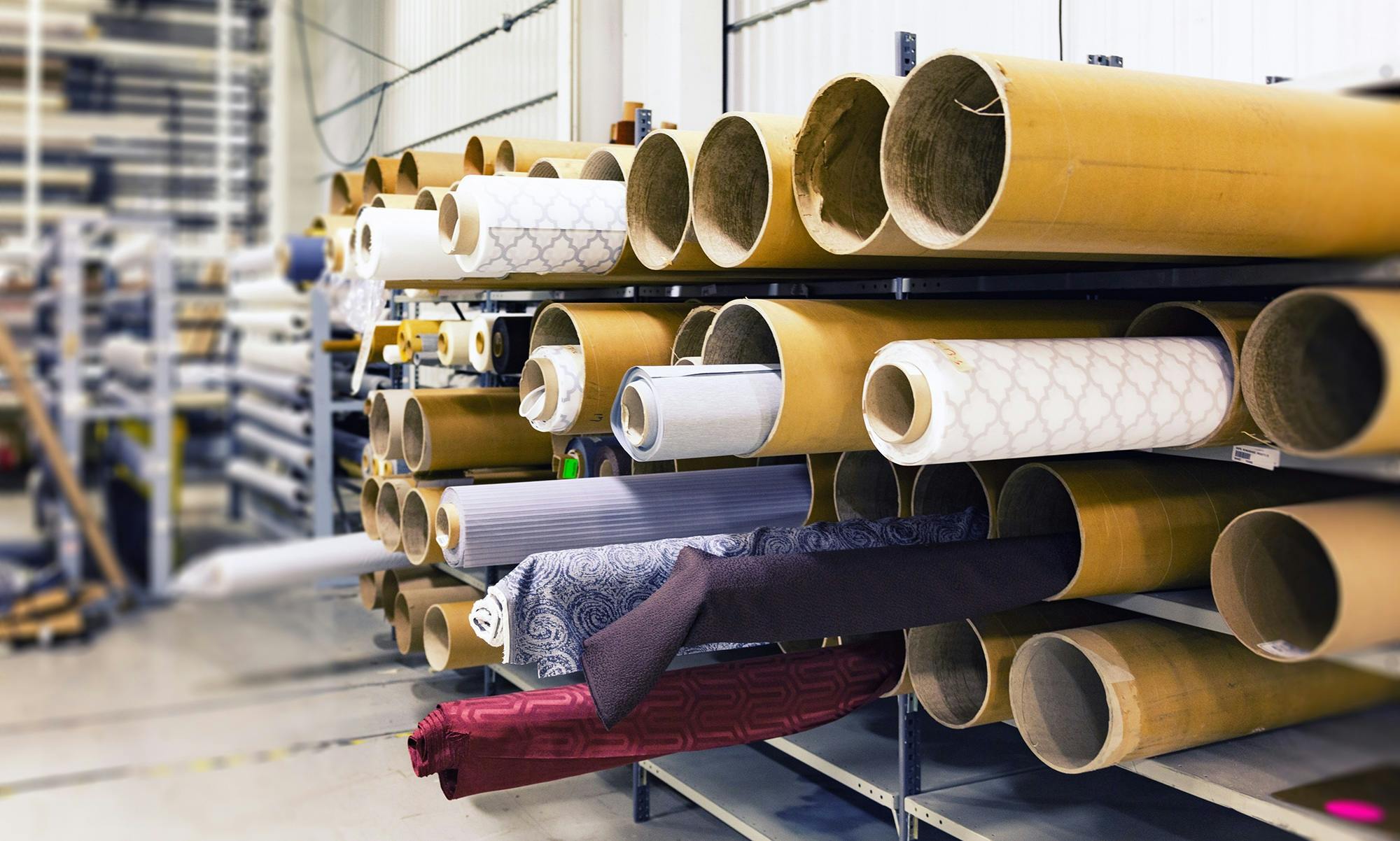One of the most important things you can do to improve the performance of your compressed air system is to choose the right filter regulator lubricator. This device combines a filter, regulator, and lubricator into a single piece of equipment to keep your system running smoothly.
There are many types of FRLs available for different applications. However, it is important to understand your specific needs before selecting the right one for you.
Filtration
Filters, regulators, and lubricators keep your compressed air system running smoothly. Proper filtration reduces machine downtime, increases energy efficiency, and lowers repair costs.
Particles, oil aerosols, and lubricants are some of the most damaging contaminants that can enter a compressor’s airline. These particles can cause abrasion, corrosion, and swell protective seals in the air tools, reducing tool performance.
When choosing a filter, it is important to select a level of filtration that will remove the most contaminants from your air stream. A wide range of filters are available that remove different impurities, such as water, oil, paint fluid, vapors, and aerosols.
You can also choose from various pressure regulators that come in different styles. These include poppet-style valves and those that use a separate diaphragm chamber. It would help if you chose a regulator that fits the air pressure and flow needed for your application.
Pressure
One of the most critical decisions a compressed air system owner makes is choosing the right filter regulator lubricator Charlotte, NC, for their application. This is the first step in ensuring that your tools and equipment receive the right amount of clean, lubricated air at the right pressure to ensure peak performance and reduce energy consumption.
When choosing a regulator, consider the desired flow rate and outlet pressure. The best regulators will provide a consistent and stable outlet pressure regardless of variations in input air pressure or downstream equipment flow requirements.
When deciding on the style of pressure regulator to use, keep in mind that a tamper-resistant, locking Tee or push-lock plastic knob type is most appropriate for general, fixed-operating pressure applications where adjusting the pressure can be done without tools. A more adjustable knob style is recommended for more heavily-regulated, variable-operating pressure applications. Consider each chosen model’s body size (orifice flow rating) and connection size.
Lubrication
When choosing the right filter regulator lubricator for your compressed air system, it is important to consider various factors. The most important is ensuring that the air that leaves your compressor is clean, dry, and free from oil, water droplets, and other contaminants.
This is especially true for compressors that operate in humid, dusty, or extreme conditions. These can increase corrosion and deterioration of equipment components such as cylinders, valves, and tools.
Adding a controlled amount of lubrication helps reduce friction and prevent damage to pneumatic power equipment. This extends tool and equipment life, improves system efficiency, and minimizes operating costs.
Maintenance
An air compressor is a complex system that requires regular maintenance to maintain its performance and keep it running efficiently. Keeping it in good working condition can help your business avoid costly repairs, reduce energy consumption and minimize the risk of breakdowns or unplanned downtime.
When choosing the right maintenance schedule, determine the frequency of each task based on the manufacturer’s recommendations or your experience with the system. Creating a checklist and documenting the tasks performed to track the service and ensure all required steps are completed each time is also important.
Air line filters are critical to compressed air quality, as they remove solid particles, vapors, and aerosols from the air before it goes to your tools and equipment. They can also help you meet OSHA-approved air quality standards and other government regulations.




